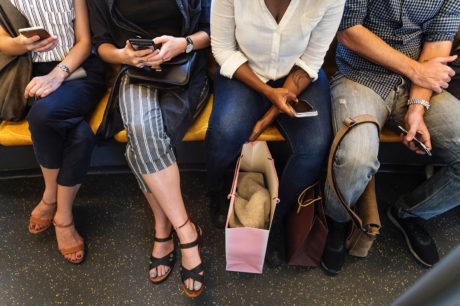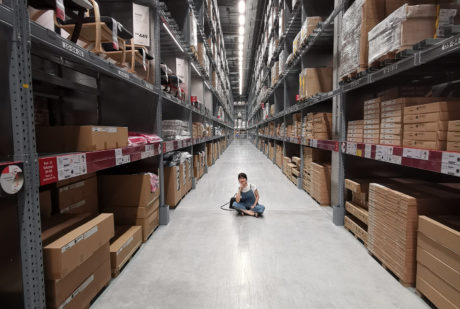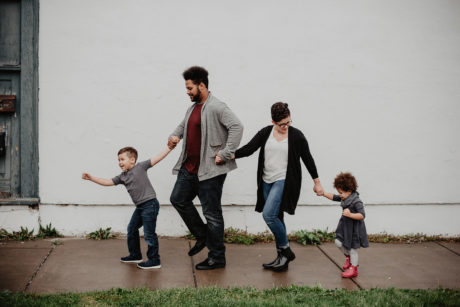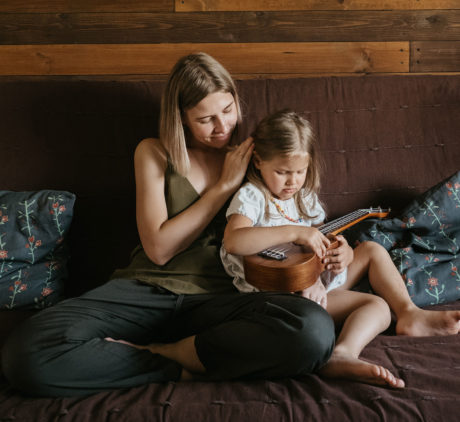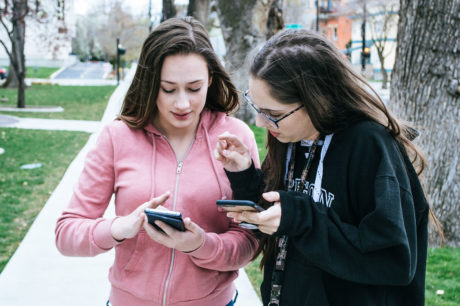Crocker, J., Canevello, A., & Brown, A. A. (2017). Social Motivation: Costs and Benefits of Selfishness and Otherishness. Annual Review of Psychology, 68(1), 299-325. doi:10.1146/annurev-psych-010416-044145
Ellemers, N., & Haslam, S. A. (2012). Social Identity Theory. In P. A. M. V. Lange, A. W. Kruglanski, & E. T. Higgins (Eds.), Handbook of Theories of Social Psychology, Volume 2 (pp. 380-398). London: SAGE Publications Ltd.
Kadushin, C. (2012). Understanding Social Networks: Theories, Concepts, and Findings. New York: Oxford University Press.
Ryan, R. M., & Deci, E. L. (2000). Self-Determination Theory and the Facilitation of Intrinsic Motivation, Social Development, and Well-Being. American Psychologist, 55(1), 68-78. doi:10.1037//0003-066X.55.1.68
Ryan, R. M., & Deci, E. L. (2004). Autonomy Is No Illusion: Self-Determination Theory and the Empirical Study of Authenticity, Awareness, and Will. In (pp. 449-479). New York, NY, US: Guilford Press.
Ryan, R. M., & Deci, E. L. (2008). Self-determination theory and the role of basic psychological needs in personality and the organization of behavior. In Handbook of personality: Theory and research, 3 (pp. 654-678).
Turner, J. C., Hogg, M. A., Oakes, P. J., Reicher, S. D., & Wetherell, M. S. (1987). Rediscovering the social group: A self-categorization theory. Cambridge, MA: Basil Blackwell.
Turner, J. C., & Reynolds, K. J. (2012). Self-Categorization Theory. In P. A. M. V. Lange, A. W. Kruglanski, & E. T. Higgins (Eds.), Handbook of Theories of Social Psychology, Volume 2 (pp. 399-417). London: SAGE Publications Ltd. doi:dx.doi.org/10.4135/9781446249222.n46


